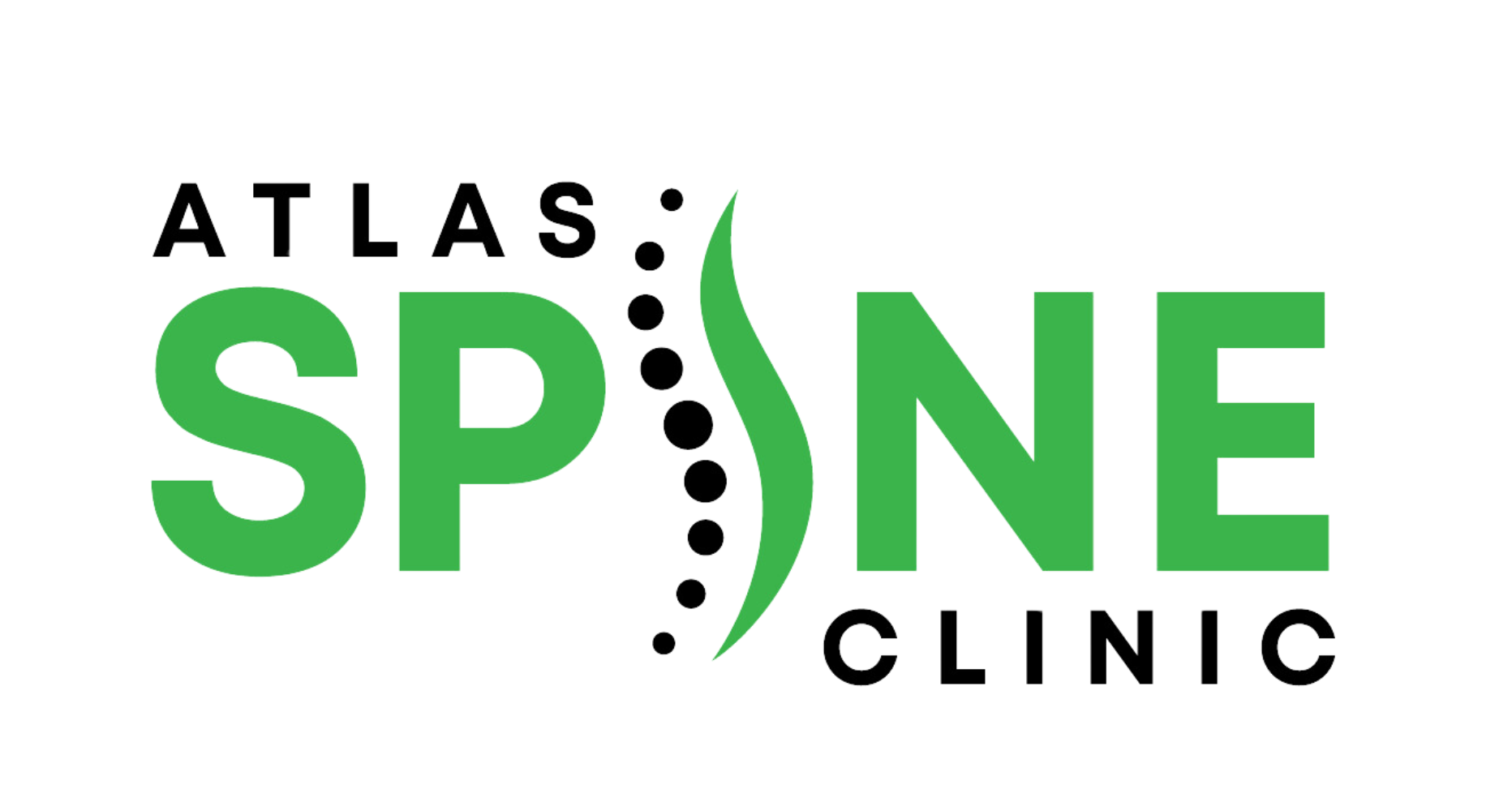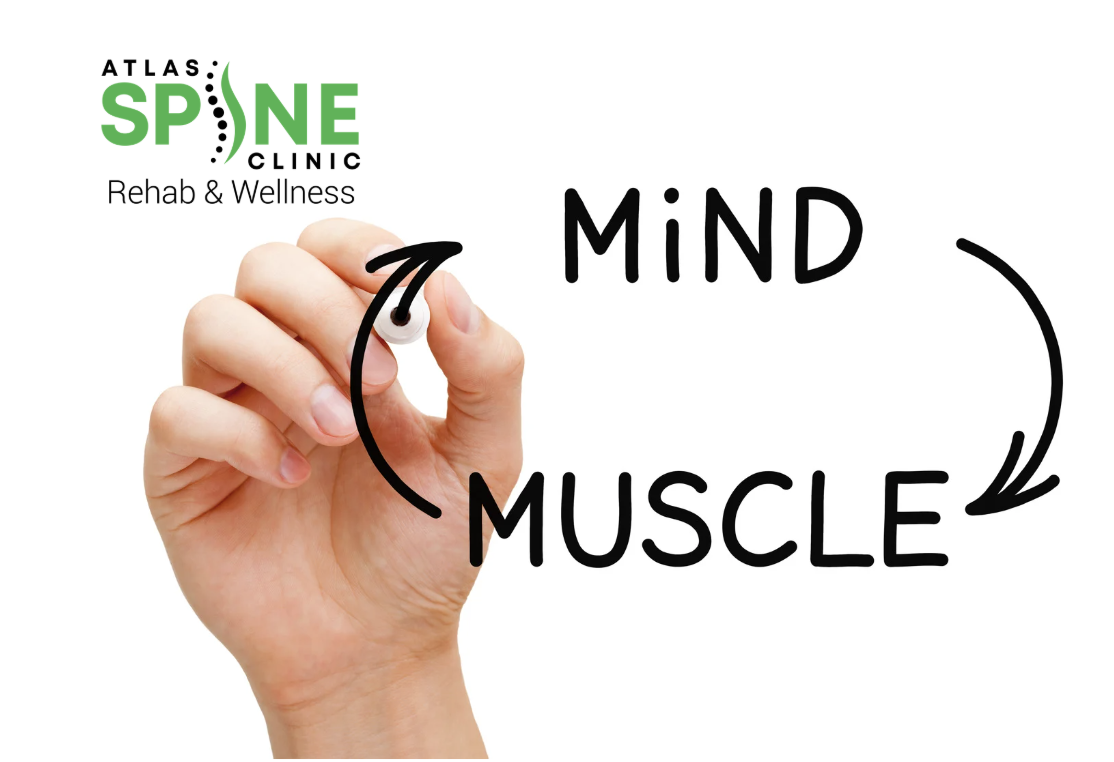Living with pain can make everyday tasks difficult. Whether it’s a stiff back, sore joints, or headaches, discomfort can slow you down and affect your quality of life. While painkillers offer quick relief, they don’t always address the root cause.
Osteopathy pain management takes a different approach—using hands-on techniques to reduce pain, improve movement, and support the body’s natural healing process. It’s a safe, drug-free way to manage pain and restore balance.
Understanding Osteopathy in Pain Management
Osteopathy is a hands-on therapy that helps relieve pain by improving body movement and function. Instead of just treating symptoms, it focuses on finding and fixing the root cause of pain.
Osteopaths use gentle techniques like stretching, massage, and joint adjustments to release tension, improve circulation, and restore movement. This helps the body heal naturally without relying on medication or surgery.
A key idea in osteopathy is that the body works as a whole. Pain in one area can come from imbalances elsewhere. For example, lower back pain may be linked to poor posture or muscle tightness. Osteopathy corrects these issues to provide long-term relief.
What Causes Cronic Pain?
Chronic pain is any pain that lasts for more than three months, even after the initial injury or illness has healed. It can affect different parts of the body and may range from mild discomfort to severe, persistent pain.
Common Causes of Chronic Pain
- Injuries That Didn’t Heal Properly
Old injuries, fractures, or surgeries can leave behind lingering pain if the tissues don’t fully recover.
- Poor Posture and Muscular Imbalances
Sitting for long hours, improper lifting, or poor posture can strain muscles and joints, leading to chronic pain.
- Arthritis and Joint Degeneration
Conditions like osteoarthritis or rheumatoid arthritis cause joint inflammation, stiffness, and long-term pain.
- Nerve Damage (Neuropathic Pain)
When nerves are damaged due to conditions like sciatica, diabetes, or past injuries, it can result in ongoing pain, tingling, or numbness.
- Stress and Emotional Factors
High stress, anxiety, or depression can worsen pain by increasing muscle tension and making the body more sensitive to discomfort.
- Chronic Conditions and Inflammation
Conditions like fibromyalgia, migraines, or autoimmune diseases can trigger widespread, long-term pain.
Why Chronic Pain Persists
Sometimes, even after the original cause of pain is gone, the body remembers the pain signals and continues sending them to the brain. This can make the pain feel real, even when there’s no injury left to heal.
Understanding the root cause of chronic pain is the first step toward relief. Osteopathy helps by addressing these causes, improving mobility, and promoting the body’s natural healing.
When Should You Seek Professional Help for Osteopathic Pain Management?
Pain is a natural response to injury or strain, but when it doesn’t go away or starts affecting your daily life, it’s time to seek professional help. Ignoring persistent pain can lead to worsening symptoms, reduced mobility, and long-term health issues.
Signs You Should See a Professional
- Pain Lasting More Than Three Months
If your pain doesn’t improve with rest or home treatments, it could be chronic pain that needs expert attention.
- Pain That Affects Your Daily Activities
Struggling with simple tasks like walking, bending, or sleeping comfortably? Persistent pain shouldn’t limit your life.
- Recurring or Worsening Pain
If your pain keeps coming back or is getting worse over time, it may signal an underlying issue that needs treatment.
- Numbness, Tingling, or Weakness
Symptoms like numbness, tingling, or weakness in your limbs could mean nerve-related pain, requiring professional assessment.
- Dependence on Painkillers
If you’re relying on pain medication to function daily, it’s important to find a long-term, natural solution like osteopathy.
- Pain After an Injury That Doesn’t Heal Properly
Lingering pain from an old injury or surgery could mean the body hasn’t healed correctly and needs specialized care.
How Osteopathy Can Help
Osteopathy offers a safe, drug-free approach to managing pain by:
✔ Identifying the root cause of pain
✔ Restoring joint and muscle balance
✔ Improving mobility and circulation
✔ Supporting the body’s natural healing process
If your pain is holding you back, seeking professional help sooner rather than later can prevent further complications and improve your quality of life.
Osteopathy – What Is It and How Does it Work?
Osteopathy is a holistic, hands-on approach to healthcare that focuses on the musculoskeletal system—your bones, muscles, ligaments, and nerves. It’s based on the belief that the body’s structure and function are deeply connected, and by improving movement and alignment, you can promote overall health and relieve pain.
How Osteopathy Works
Osteopaths use a variety of gentle manual therapy techniques to treat pain and improve function. These techniques include:
- Soft Tissue Manipulation: Aimed at relaxing tight muscles and releasing tension.
- Joint Mobilization: A gentle, controlled movement of joints to restore normal function.
- Stretching: Helps improve flexibility and relieve stiffness in muscles and joints.
- Muscle Energy Techniques: Gentle stretches that use muscle contractions to improve movement.
The Benefits of Osteopathy
Osteopathy can help with:
- Chronic pain relief (back pain, neck pain, joint pain, etc.)
- Improved mobility and flexibility
- Reduced reliance on pain medication
- Better posture and alignment
- Injury prevention and recovery
These Techniques Address Various Health Concerns, Including Osteopathic Pain Management
Osteopathic techniques can help with different health problems, especially pain. Here’s how it helps with common issues:
1. Chronic Pain Relief
Osteopathy is highly effective in treating chronic pain, such as persistent back pain, neck pain, or joint pain. By using hands-on techniques like soft tissue manipulation and joint mobilization, osteopaths can relieve muscle tension, improve joint mobility, and reduce inflammation. This results in long-lasting pain relief and improved quality of life.
2. Posture and Alignment Issues
Poor posture, whether from sitting for long hours or improper movement patterns, can lead to pain and discomfort. Osteopathic treatment helps realign the spine and correct postural imbalances, which not only reduces pain but also prevents future issues.
3. Headaches and Migraines
Many headaches, especially tension headaches, are linked to neck and back tension. Osteopaths can relieve muscle tightness and improve circulation, which may reduce the frequency and intensity of headaches and migraines.
4. Sports Injuries and Muscle Strain
Athletes and active individuals often experience injuries such as sprains, strains, or joint issues. Osteopathy helps by promoting quicker healing through muscle energy techniques, stretching, and joint mobilization. These methods also improve flexibility and prevent future injuries.
5. Arthritis and Joint Pain
Conditions like osteoarthritis can cause joint stiffness, swelling, and pain. Osteopathic techniques like joint mobilization and soft tissue work can ease stiffness, improve joint movement, and reduce inflammation, providing relief for those suffering from arthritis.
6. Nerve Pain (Neuropathy)
Nerve-related pain, such as sciatica or carpal tunnel syndrome, often occurs when muscles or joints put pressure on nerves. Osteopaths use gentle manipulation to relieve this pressure, improving nerve function and reducing pain, tingling, and numbness.
7. Stress and Tension
Chronic stress can cause muscle tension and contribute to pain. Osteopathic techniques help relax tight muscles, improve blood flow, and reduce stress, leading to a reduction in overall pain and a more relaxed state of well-being.
Wrapping Up
Osteopathy is a safe and effective way to manage pain and improve overall health. Whether you have chronic pain, or an injury, or want to improve movement, osteopathy offers drug-free relief that helps your body heal naturally.
By focusing on the causes of pain and using gentle techniques, osteopathy can help you feel better and live with less pain.
If you’re ready to find lasting relief, book an appointment at Atlas Spine Clinic today and start your journey to better health!






